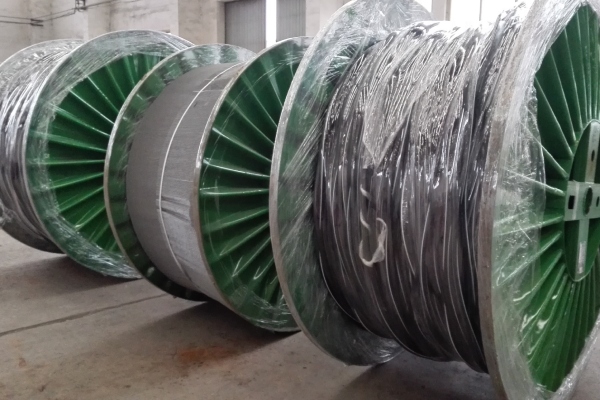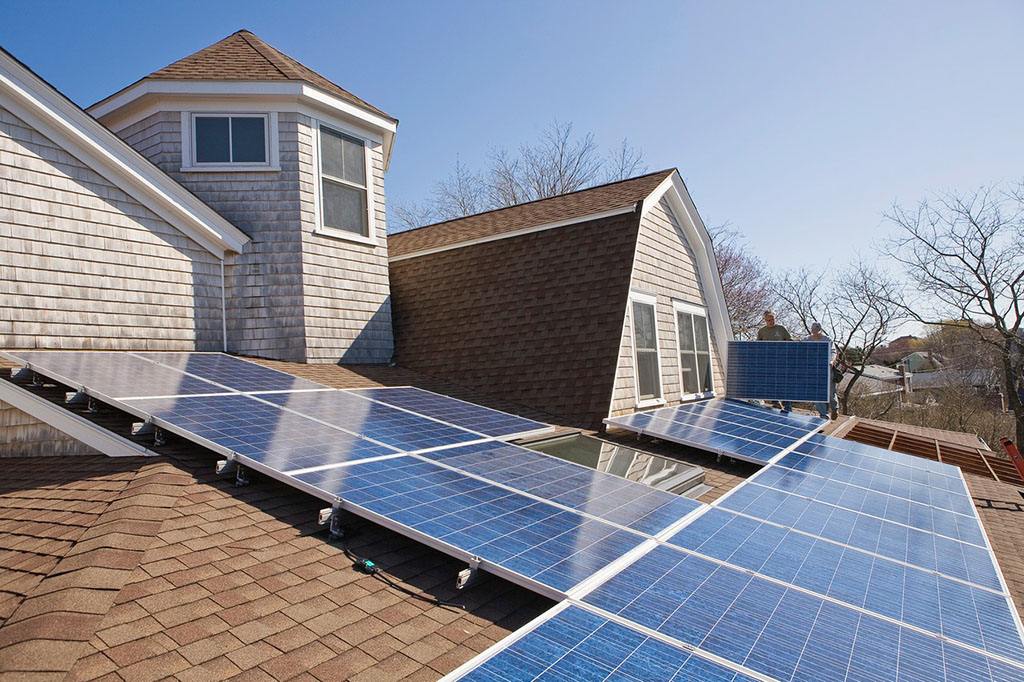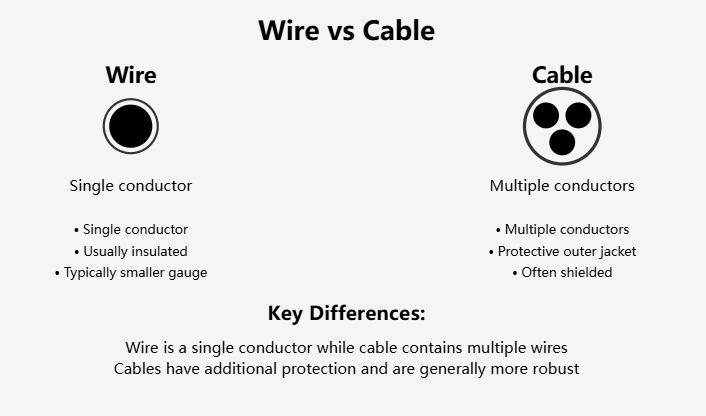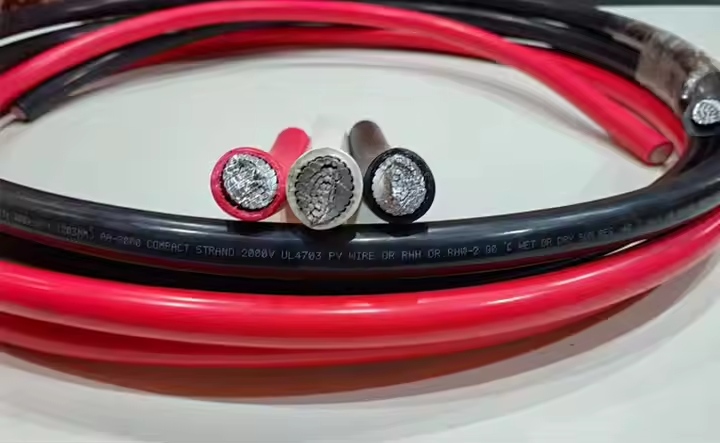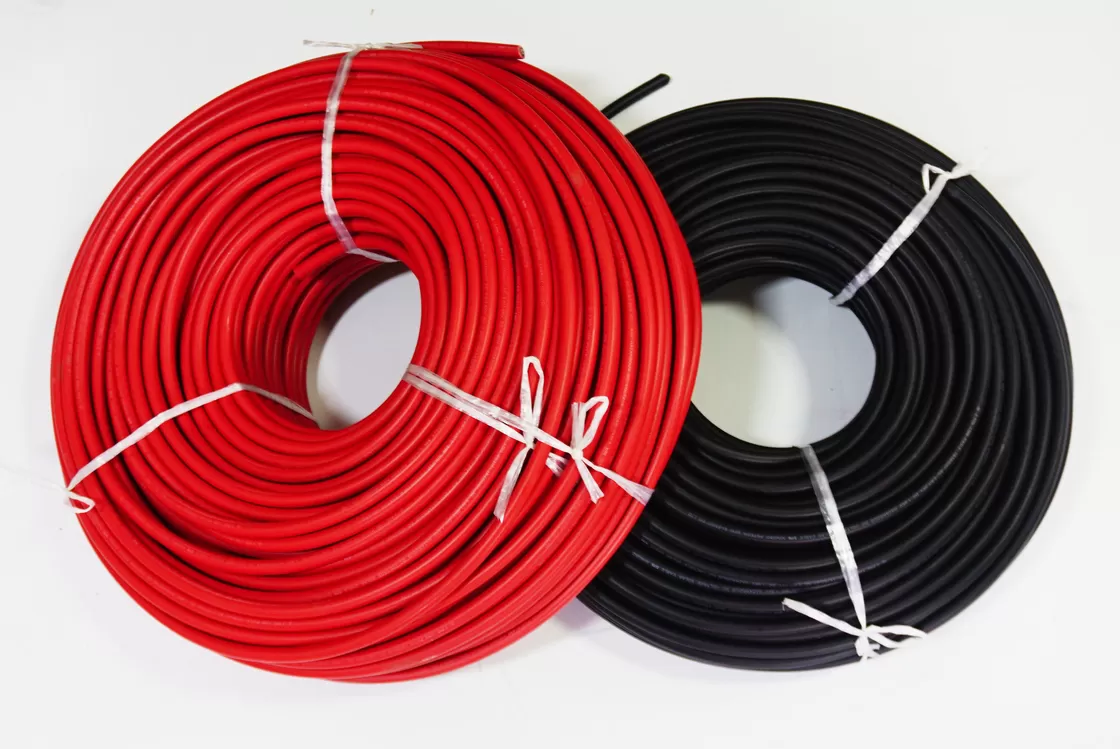Photovoltaic (PV) systems have emerged as a cornerstone of renewable energy, harnessing sunlight to generate electricity and offering a sustainable alternative to fossil fuels. A critical aspect of these systems is the management of voltage ratings, which differ significantly between direct current (DC) and alternating current (AC) components. Solar panels inherently produce DC electricity through the photovoltaic effect, yet most household appliances and the electrical grid operate on AC. This dichotomy necessitates a deep understanding of voltage ratings in both DC and AC contexts within PV systems, influencing system design, efficiency, safety, and compatibility. This article explores the nuances of DC and AC voltage ratings in PV systems, drawing on technical insights, industry standards, and practical applications. By examining the interplay between these currents, their voltage implications, and their roles in modern solar technology, we aim to provide a comprehensive resource for engineers, installers, and enthusiasts alike, while aligning with the latest research and industry trends as of April 05, 2025.
The Basics of Voltage in PV Systems
DC Voltage in Solar Panels
Solar panels generate electricity via the photovoltaic effect, where sunlight excites electrons in semiconductor materials like silicon, creating a unidirectional flow of current—DC. The voltage output of a single PV cell is typically low, ranging from 0.5 to 0.6 volts under standard test conditions (STC). To achieve practical voltage levels, cells are connected in series within a module, commonly producing open-circuit voltages (Voc) of 30 to 60 volts DC for residential panels. For example, a typical 60-cell module might have a Voc of around 38-40 volts and a maximum power point voltage (Vmp) of 30-34 volts.
In larger systems, modules are further connected in series to form strings, elevating the DC voltage to hundreds of volts. The U.S. Energy Information Administration (EIA) notes that individual PV cells produce only 1-2 watts, insufficient for most applications, necessitating this series configuration. However, the maximum DC voltage is often capped by safety standards, such as 600 volts for U.S. residential systems and 1000 volts for commercial installations, to limit ohmic losses and ensure safe operation.
AC Voltage and the Role of Inverters
While PV panels produce DC, the majority of electrical grids and household appliances operate on AC, typically at 120 volts or 240 volts in the U.S. and 230 volts in Europe. This requires inverters to convert DC to AC, a process that introduces its own voltage considerations. Inverters must synchronize the AC output with the grid’s frequency (60 Hz in the U.S., 50 Hz in Europe) and maintain voltage within acceptable limits. The EIA highlights that inverters are integral to PV systems, enabling grid connectivity and utility-scale power delivery, which has grown from 6 million kWh in 2004 to 162 billion kWh in 2023.
The DC-to-AC conversion process involves stepping up or adjusting the voltage to match grid requirements. For instance, a string inverter handling a 400-volt DC input might output 240 volts AC, while microinverters attached to individual panels convert lower DC voltages (e.g., 30 volts) directly to AC at the module level. This conversion efficiency, typically 95-98%, is influenced by the inverter’s design and the input DC voltage rating.
Voltage Ratings: DC vs. AC in Design and Operation
DC Voltage Ratings and System Design
DC voltage ratings in PV systems are dictated by the number of panels in a string, the operating temperature, and regulatory standards. Higher DC voltages reduce current, minimizing resistive losses (I²R) in wiring, which is critical for large-scale arrays. The International Energy Agency (IEA) projects solar PV to become the largest electricity source by 2050, emphasizing the importance of efficient design. However, high DC voltages pose safety risks, such as arcing and electrical shock, necessitating robust insulation and grounding.
For example, in a grid-connected system, the DC voltage might reach 1000 volts, as permitted by international standards like IEC 60364, to optimize power transmission. In contrast, off-grid systems often operate at lower voltages (12V, 24V, or 48V) to match battery storage, avoiding the need for extensive conversion. Research from ScienceDirect on DC microgrids suggests that local DC generation, such as from PV, can bypass AC conversion losses, enhancing efficiency for DC loads like LED lighting or electric vehicle (EV) charging.
AC Voltage Ratings and Grid Integration
AC voltage ratings in PV systems are standardized to align with grid infrastructure. Grid-tied inverters must comply with utility specifications, such as IEEE 1547, which mandates voltage limits and anti-islanding protection. The AC output voltage is typically fixed, but the DC input voltage range (e.g., 150-1000 volts for a string inverter) determines the inverter’s flexibility. Oversizing the PV array relative to the inverter’s AC capacity—known as the DC/AC ratio—has become common as module prices drop, allowing systems to maximize energy harvest despite clipping losses during peak sunlight.
A ScienceDirect study on bifacial PV systems with battery storage notes that a higher DC/AC ratio (e.g., 1.5:1) can improve financial returns by utilizing excess DC generation, provided battery energy storage systems (BESS) manage overproduction. This interplay between DC input and AC output voltages underscores the need for careful system sizing.
Comparative Efficiency and Losses
Efficiency comparisons between DC and AC distribution reveal nuanced trade-offs. DC systems avoid inversion losses, which can be 2-5% per conversion, making them appealing for off-grid or microgrid applications. A ScienceDirect analysis of residential DC networks highlights savings from direct PV-to-DC load connections, especially with building-integrated photovoltaics (BIPV). However, AC systems dominate grid-connected applications due to compatibility with existing infrastructure, despite additional conversion steps.
Losses in DC systems stem from voltage drops over long distances, mitigated by higher voltages or thicker cables. AC systems incur transformer and inverter losses but benefit from easier voltage transformation. The EIA reports that PV panel efficiency has risen from less than 10% in the 1980s to nearly 25% today, amplifying the impact of voltage management on overall system performance.
Practical Applications and Voltage Considerations
Residential PV Systems
In residential settings, DC voltage ratings typically range from 200-600 volts for string inverters, balancing efficiency and safety. Microinverters, operating at 20-50 volts DC per panel, simplify installation and reduce high-voltage DC risks. Today’s Homeowner explains that inverters bridge the DC-to-AC gap, enabling seamless home use. A Quora discussion confirms that solar panels produce DC, with inverters converting it to AC for grid or appliance compatibility.
AC-coupled systems, where batteries integrate via an AC bus, contrast with DC-coupled systems feeding batteries directly from PV. The Electrician Forum notes that DC-coupled setups can charge batteries from the grid with hybrid inverters, offering flexibility but requiring additional conversion for AC use. Voltage ratings here influence battery sizing and charge controller design, typically 12V-48V for residential storage.
Commercial and Utility-Scale Systems
Commercial and utility-scale PV systems leverage higher DC voltages (up to 1500 volts in some regions) to minimize cabling costs and losses. The Wikipedia entry on PV systems highlights that kilowatt-sized installations use high DC voltages to limit ohmic losses, with inverters converting to AC for grid feed-in. The NREL emphasizes that utility-scale growth, driven by technological advances and policy incentives, relies on optimizing these voltage ratings.
DC optimizers, as studied in a ScienceDirect reliability analysis, enhance module-level power output by adjusting DC voltage before inversion, supporting 25-year service lifetimes. This approach contrasts with traditional string inverters, illustrating how voltage management adapts to scale and application.
Off-Grid and Specialized Applications
Off-grid systems prioritize low DC voltages (12V-48V) for simplicity and compatibility with DC appliances like pumps or lights. Energy Theory notes that solar power is DC by nature, with inverters optional for AC needs. Mobile PV systems, such as those on RVs, use similar low-voltage designs, constrained by space and battery capacity, as per Wikipedia.
High-concentration PV (HCPV) systems, requiring dual-axis tracking, push DC voltages higher to maximize output, with inverters tailored to specific AC grid standards. Deye’s guide underscores that DC systems excel in efficiency for small, off-grid setups, while AC dominates larger, grid-tied applications.
Voltage Standards and Safety
Regulatory Frameworks
Voltage ratings in PV systems are governed by standards like NEC (U.S.), IEC 60364 (international), and AS3000 (Australia). The NEC limits residential DC to 600 volts and commercial to 1000 volts, while IEC permits up to 1500 volts for utility-scale systems. A ScienceDirect review of grid-connected PV standards notes the lack of PV-specific DC guidelines in some codes, complicating safety compliance.
Voltage rise limits vary by country—e.g., 2% in the U.S. per IEEE 1547, and 1-3% in Europe—reflecting grid stability concerns with high PV penetration. MDPI’s hosting capacity review emphasizes that voltage violations are the primary constraint, necessitating advanced mitigation like on-load tap changers (OLTC) or smart inverters.
Safety Implications
High DC voltages increase arc fault risks, requiring DC circuit breakers and grounding. AC systems, while safer due to zero-crossing current, demand synchronization and anti-islanding protection. NREL’s work on energy storage integration highlights fault analysis for DC-bus systems, critical as EV charging and BESS adoption grows.
Emerging Trends and Future Directions
DC Microgrids and Voltage Optimization
DC microgrids, integrating PV, batteries, and DC loads, are gaining traction, as per ScienceDirect’s efficiency studies. Operating at 48V or 380V, these systems reduce conversion steps, aligning with the rise of DC appliances and EV charging. Voltage-lift DC-DC converters, reviewed in Oxford Academic’s Clean Energy, enhance PV output, offering high step-up ratios for renewable integration.
Bifacial PV and Storage Integration
Bifacial PV systems, paired with BESS, leverage higher DC/AC ratios to boost energy capture, as analyzed in ScienceDirect. Voltage management here balances degradation, battery dispatch, and financial metrics like NPV, with DC ratings critical to system longevity.
Smart Management and Voltage Control
Smart inverters and MPPT controllers optimize voltage in real-time, adapting to load and grid demands. Deye notes that MPPT adjusts PV operating points, maximizing power at varying DC voltages, while smart grids enhance AC stability, per MDPI’s hosting capacity insights.
Conclusion
Voltage ratings in PV systems encapsulate a complex interplay between DC generation and AC utilization, shaping efficiency, safety, and scalability. DC voltages, from the modest output of individual cells to the high ratings of utility strings, drive system design, while AC voltages ensure grid compatibility and practical use. As solar PV evolves—projected by the IEA to lead global electricity by 2050—understanding these ratings becomes paramount. Emerging trends like DC microgrids, advanced converters, and smart management promise to refine this balance, reducing losses and enhancing integration. By leveraging standards, optimizing designs, and embracing innovation, the PV industry can maximize its potential, delivering clean energy with precision and reliability. This exploration, grounded in current research and practice, underscores the pivotal role of voltage management in the solar revolution.

